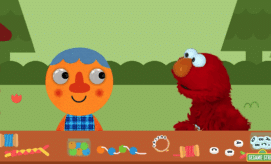Several researchers have investigated the power and importance of music in early years. An article from the Carnegie Hall Corporation, entitled Why Making Music Matters: Music and Early Childhood Development, explains that “Making music…can develop fine and large motor control…games, songs, and back-and-forth play build brain and body coordination. Music also builds intimacy. Young children build some of the most important relationships in their lives as infants and toddlers…Music can support these intimate exchanges. For example, when caregivers sing lullabies, they use pitch, rhythm, and lyrics to soothe, teach language, communicate hope and affection, and provide security.”
Additional summarized by the Novak Djokovic Foundation states that “music has the ability to strengthen the connection between the body and brain to work together as a team. For instance, when dancing and moving to music, children develop better motor skills whereas singing along to a song helps them to practice their singing voice. In general, the exposure to music supports children in their development process to learn the sound of tones and words.”







